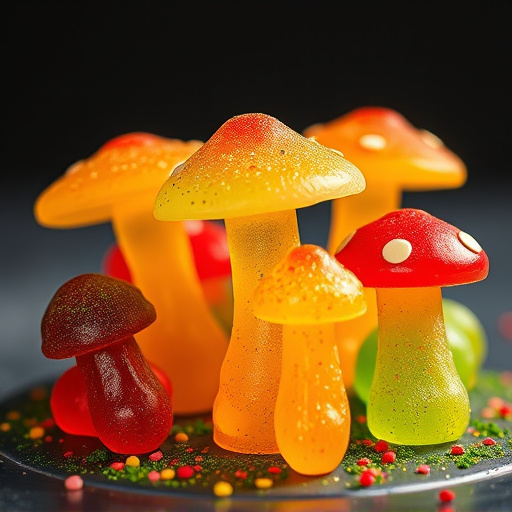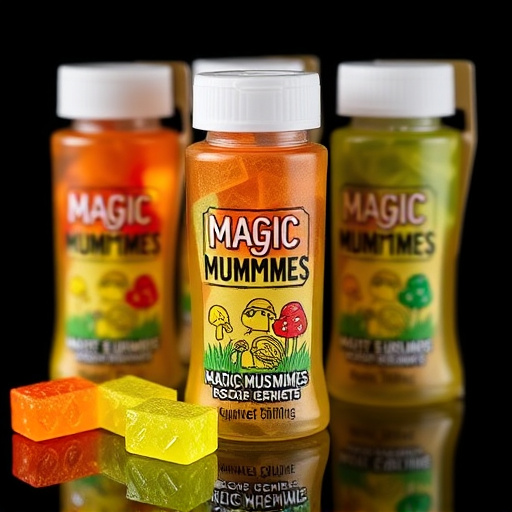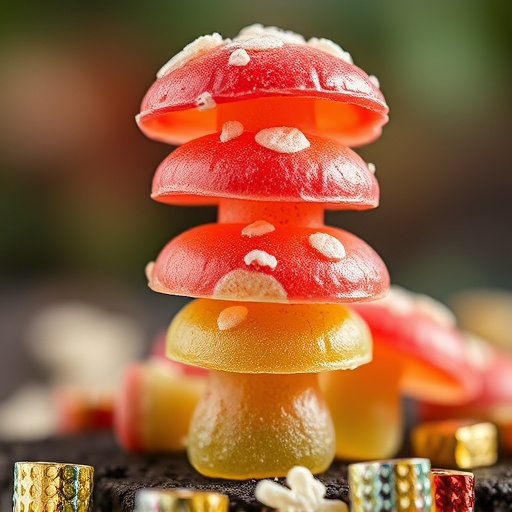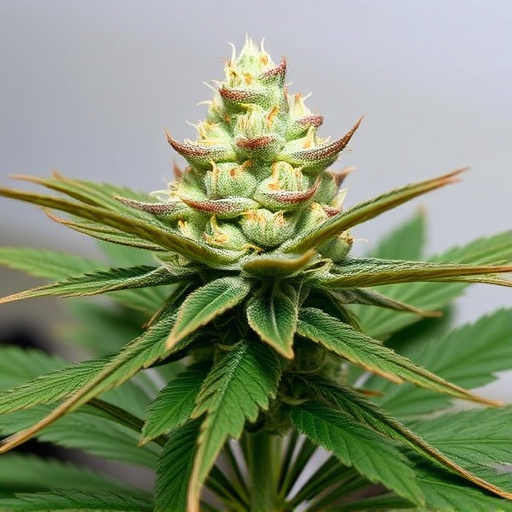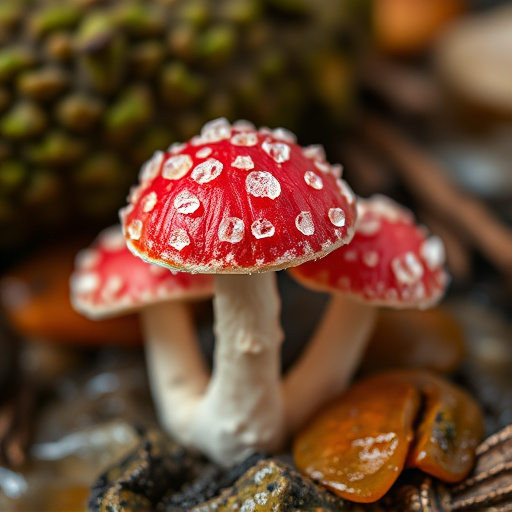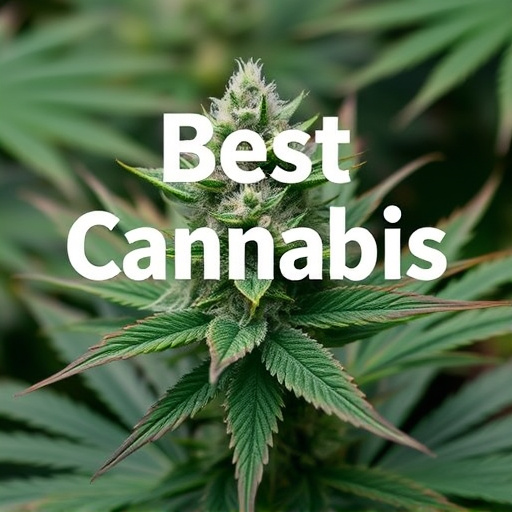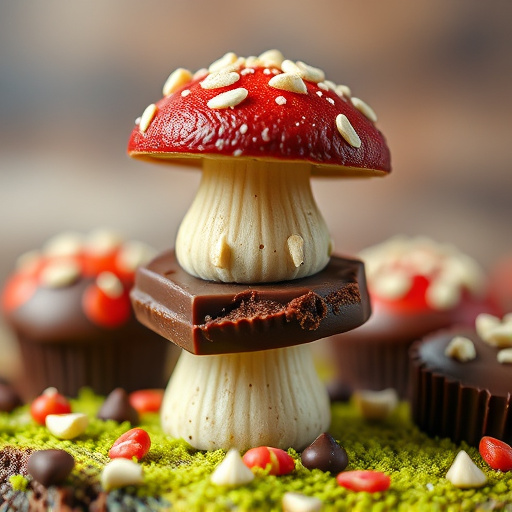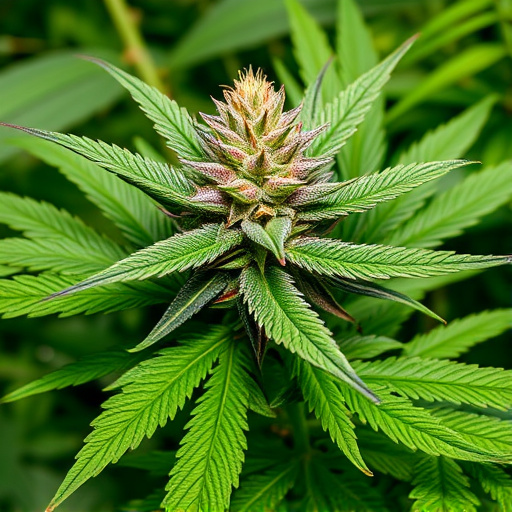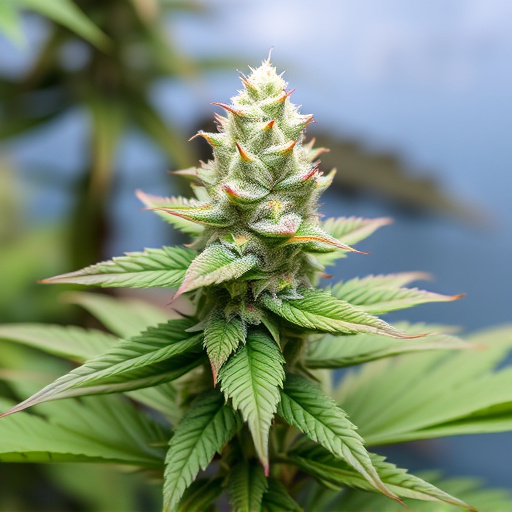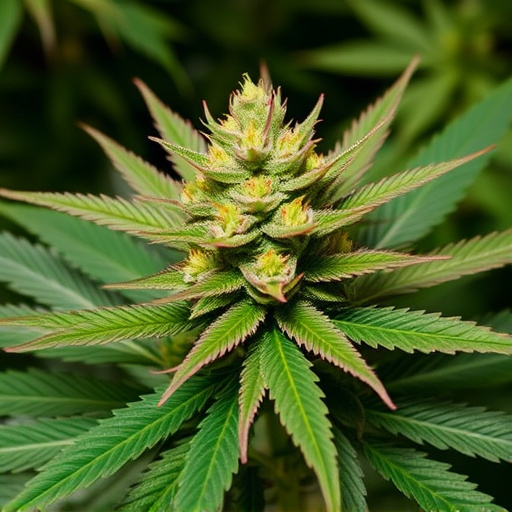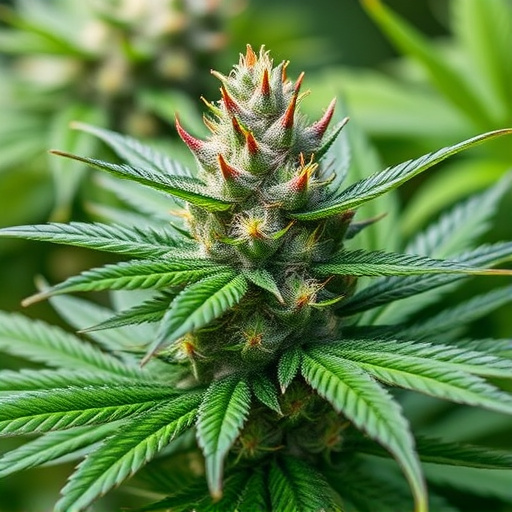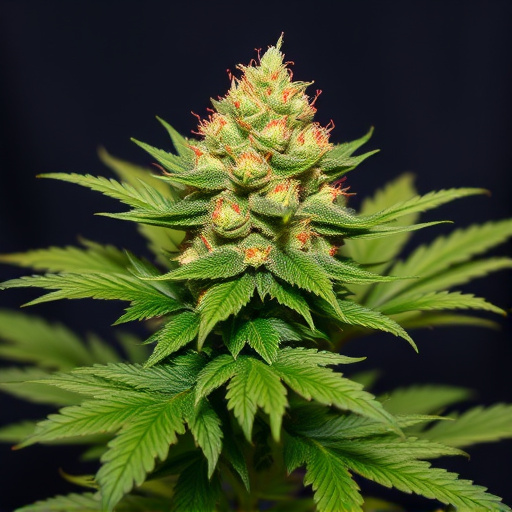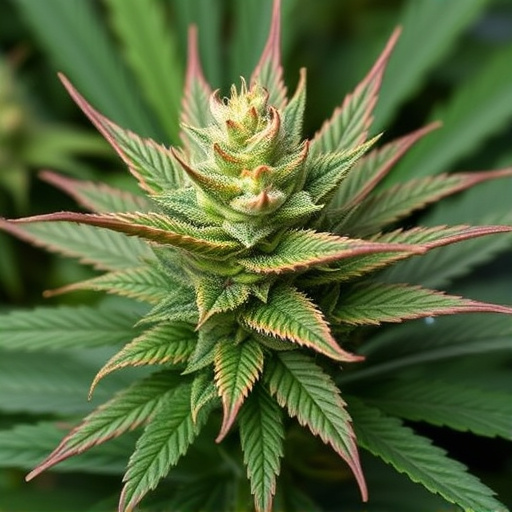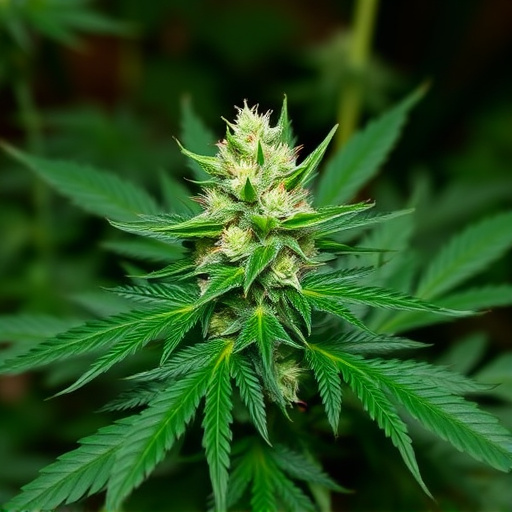The intensity and duration of a weed high vary greatly due to genetic factors, with Hawaiian cannabis strains' high THC content intensifying and prolonging effects, mitigated by CBD. Environmental conditions like temperature and cultivation methods impact the final product's quality and high. Individual tolerance significantly affects high duration, with regular users experiencing shorter highs and new users feeling heightened effects longer. Edibles produce longer highs than smoking or vaping. Hawaiian cannabis strains' potent THC and terpene profiles can influence these experiences, considering personal tolerance levels.
Unraveling the factors that dictate the length of a weed high is a fascinating journey into the science behind cannabis. This article explores three key areas: genetic factors and strain composition, environmental conditions and cultivation practices, as well as individual tolerance and consumption methods. By delving into these aspects, we aim to provide insights for both cannabis enthusiasts and researchers, particularly those interested in the unique effects of Hawaiian cannabis strains.
- Genetic Factors and Cannabis Strain Composition
- Environmental Conditions and Cultivation Practices
- Individual Tolerance and Consuming Methods
Genetic Factors and Cannabis Strain Composition
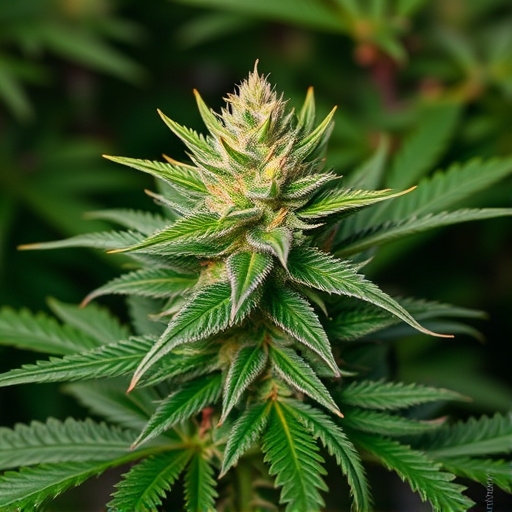
The duration of a weed high can vary greatly among individuals, and genetic factors play a significant role in determining this variance. Each person’s body processes cannabis differently due to their unique genetic makeup, affecting how quickly and for how long they feel the effects. This variation is influenced by multiple genes that interact with each other, contributing to individual differences in cannabinoid receptors’ sensitivity and metabolism. For instance, certain genetic predispositions can lead to higher or lower tolerance, impacting the intensity and longevity of the high.
Cannabis strain composition is another crucial element affecting the duration of a high. Different strains have distinct chemical profiles, primarily containing varying levels of tetrahydrocannabinol (THC) and cannabidiol (CBD). Hawaiian cannabis strains, renowned for their potent effects, often boast higher THC concentrations, which can intensify and prolong the high. The balance between these cannabinoids is key; CBD can moderate THC’s potency and influence, potentially extending the duration of the high while reducing undesirable side effects.
Environmental Conditions and Cultivation Practices
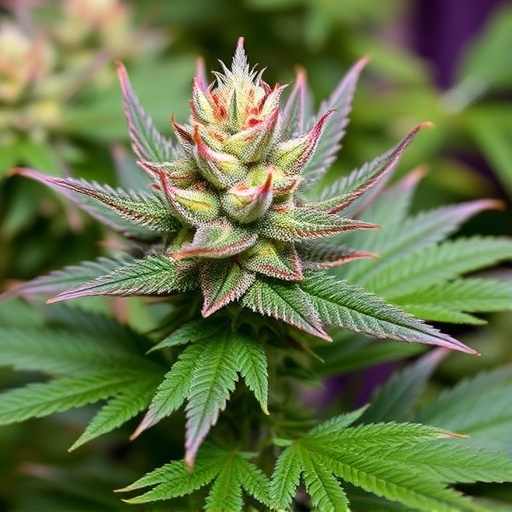
The environmental conditions in which cannabis plants are grown play a significant role in determining the duration and intensity of a weed high. Factors like temperature, humidity, and light exposure can heavily influence the plant’s chemistry, leading to varying effects on consumers. For instance, Hawaiian cannabis strains, known for their unique terpenes and cannabinoids, may exhibit different highs due to the distinct climate of their origin. Warmer temperatures tend to speed up the growth process, potentially altering the cannabinoid profiles and resulting in shorter-lasting but more potent effects.
Cultivation practices, including growing methods and nutrition, also contribute to the final product’s characteristics. Indoor cultivation with precise control over environmental variables allows for consistent and optimized conditions, often producing plants with higher THC levels, which can extend the duration of the high. On the other hand, outdoor farming, subject to natural fluctuations, may result in cannabis with more balanced cannabinoid profiles, offering a smoother and potentially longer-lasting experience.
Individual Tolerance and Consuming Methods
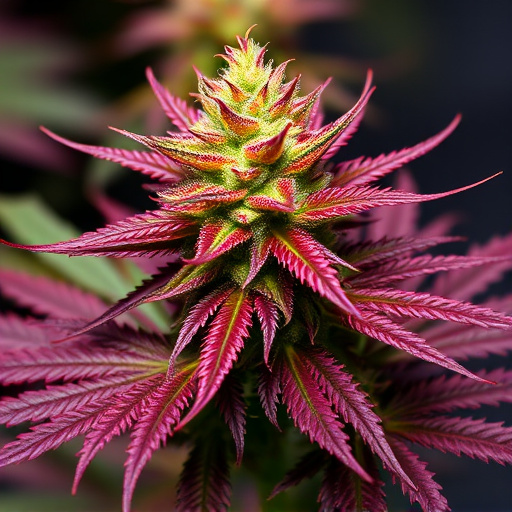
Individual tolerance plays a significant role in determining how long a weed high lasts. Those with higher tolerances, often built up through regular use, may experience shorter durations of heightened effects due to their body’s adaptation to cannabinoids. Conversely, new users or those with lower tolerances might find that they feel the effects of cannabis for an extended period, sometimes lasting several hours.
Consuming methods also influence the high’s duration. Edibles, for instance, typically produce a longer-lasting high than smoking or vaping because digestion and metabolism play a role in absorption. With Hawaiian cannabis strains known for their potent THC levels and unique terpene profiles, understanding these factors is crucial. For example, a person might find that a specific Hawaiian strain’s effects last longer than expected due to its higher concentration of cannabinoids, but their overall experience could be mitigated by their personal tolerance level.
The duration of a weed high can vary greatly, influenced by a complex interplay of genetic factors, environmental conditions, and individual tolerance. Understanding these variables is key to maximizing enjoyment and ensuring a safe experience with Hawaiian cannabis strains. From the potent terpenes in specific strains to cultivation techniques and personal consumption methods, each element contributes to the unique high users encounter. By recognizing these influences, consumers can navigate the market, choose suitable strains, and set the conditions for an optimal and controlled experience.
